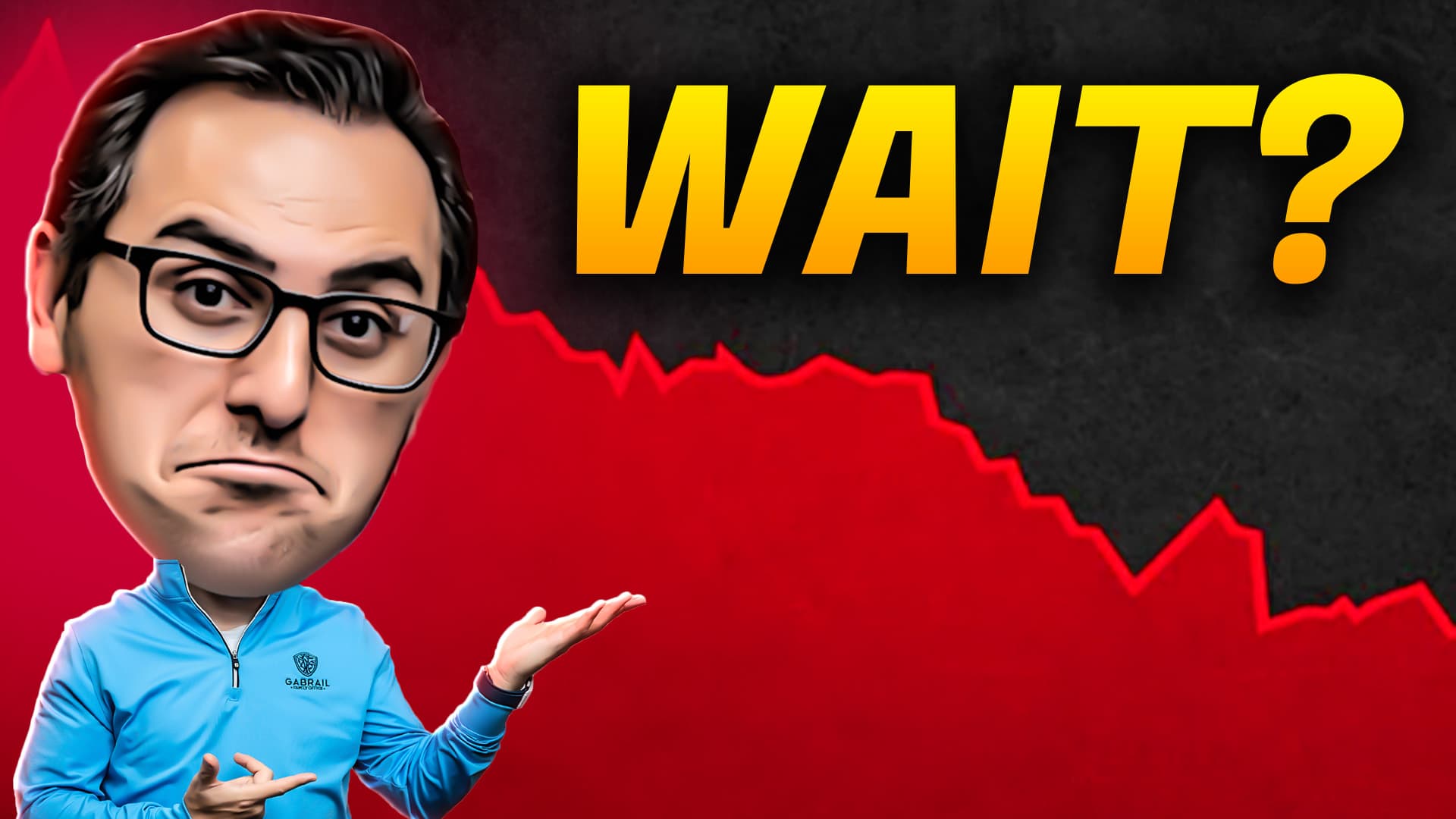Should You Wait for the S&P 500 to Crash Before Buying Stocks?
It’s a question I get all the time in our community. And here’s the truth: Absolutely not.

Should You Wait for the S&P 500 to Crash Before Buying Stocks?
If you’ve ever found yourself wondering whether you should hold off on buying stocks until the S&P 500 takes a nosedive, you’re not alone. It’s a question I get all the time in our community. And here’s the truth: Absolutely not. Waiting for a market crash could mean missing out on incredible opportunities.
The Current Landscape
Let’s rewind to March 2020. The S&P 500 hit a low of 2,374 after plummeting during February. Fast forward to now, and the market has surged over 160%. With valuations currently at 112% overvalued (compared to a fair value of around 2,700), it’s easy to feel a sense of urgency to wait for a crash. But here’s why that’s not the right approach.
When I analyze historical data, comparing the S&P market cap to U.S. GDP since 1928, it becomes clear that as the economy grows, so do the companies within it. This historical perspective reveals that trying to time the market is often a losing game.
The Cost of Timing the Market
Consider this: if you invested $10,000 in the S&P 500 between January 2003 and December 2022, staying the course would have turned that initial investment into approximately $48,400. But if you missed just the 10 best days, that number would drop to $29,700—less than half!
The data speaks for itself: missing out on just a small percentage of the best trading days can drastically affect your returns. So, what’s the takeaway? You don’t know when the good or bad days will come. It’s essentially a gamble, and the odds are stacked against you if you try to play that game.
The Power of Dollar-Cost Averaging
Let’s say you invested in a high-flying stock like the NASDAQ, which saw an 83% drop at one point. If you had been dollar-cost averaging—investing a fixed amount regularly—you would have actually outperformed the S&P 500.
For example, investing $200 per month at the peak of that market and sticking with it led to an annualized return of 13.5% versus 10.5% for the S&P. This is the beauty of dollar-cost averaging; it allows you to build wealth over time, regardless of market fluctuations.
Don’t Let Fear Hold You Back
I get it—watching your account dip can be terrifying. But here’s a tip: if you’re consistently adding money to your investments, those dips can actually become opportunities. When your account takes a hit, you’re buying at lower prices, which can set you up for greater gains when the market rebounds.
Many in our community have started with modest sums and grown their investments substantially by simply sticking to a plan. They don’t let fear dictate their decisions. Instead, they see down markets as chances to buy more.
Join the Everything Money Community
Here’s the thing: investing doesn’t have to be a lonely journey. If you want to learn more about smart investing strategies and connect with like-minded individuals, I invite you to join the Everything Money community. We provide tools, resources, and support to help you navigate the markets with confidence.
For just $7 for a 7-day trial, you’ll gain access to invaluable insights and be part of a community that celebrates opportunities rather than fearing the market’s ups and downs. Plus, by signing up now, you’ll lock in your membership at our current pricing forever—before any price increases or changes take effect.
Final Thoughts
Investing in the stock market shouldn’t be about trying to outsmart the system; it’s about discipline and consistency. Don’t wait for a market crash to start investing. Instead, embrace dollar-cost averaging, seize opportunities, and join a community that supports you every step of the way.
WATCH THE VIDEO TO SEE PAUL BREAKDOWN
WHY YOU SHOULD NEVER TIME THE MARKET!





